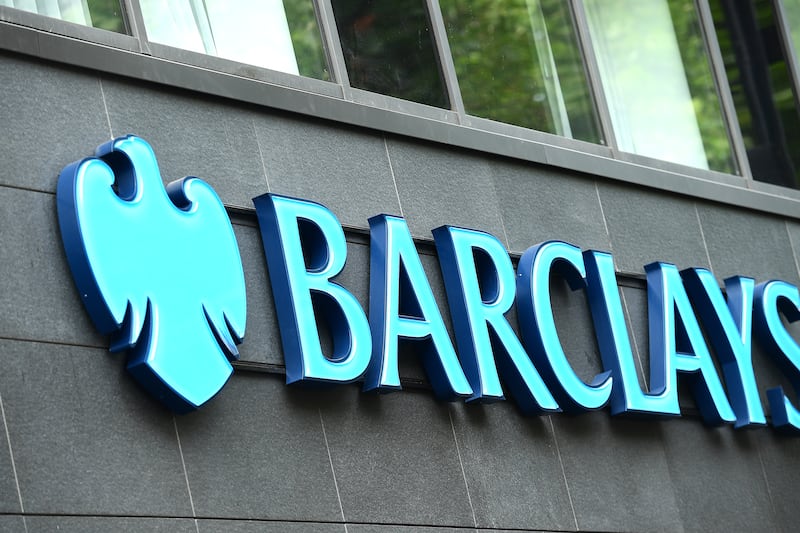IN the five-year existence of the Barclays Charity Fund, our discussions with our clients have changed enormously.
Transparency and accountability have always been the foundations of a good investment relationship, and in recent years these have taken increasing priority in charities’ conversations with us.
To be a charity trustee is to take on a significant responsibility, the accountability of everyone to their donors and funders is absolutely paramount.
As we talk to charities about their investment needs, these are the five key trends we continue to see.
:: Awareness and accountability – communicating your objectives
If you are a trustee for a charity you will also have the responsibility of oversight over the charity’s finances, balancing the short and medium term needs of the people who benefit from the charity with the long-term viability of the organisation.
A clear investment policy is an important tool for trustees that face scrutiny on why they are investing and their approach to investing. It will usually include objectives, attitude to risk, liquidity requirements, ethical considerations and demonstrate that trustees have considered the relevant issues, taken advice where appropriate and reached a reasonable decision.
:: Reputational risk
Trustees have become increasingly sensitive to the dangers posed by reputational risk across all aspects of their charity’s operations. Managing investments is one of these sensitive areas and the Charity Commission has issued guidance for trustees to help them manage their responsibilities in this area.
Trustees now better recognise how their investment strategy can impact their charity’s reputation and the risks that can arise from investing in more controversial areas. In response, a better alignment between their investment strategy and their broader charitable objectives goes some way towards mitigating this risk.
:: The total return conundrum
Many charities have naturally adopted income-bias investment strategies and the income generated is a critical contributor to their short term spending plans. This is especially true in the current climate when funding is so challenging.
There is no straightforward answer to the question of whether an income or total return based strategy is “better” – the solution is for trustees to identify which is more appropriate for their specific charity. Short, medium and longer term requirements have to be clearly identified and matched with the reserves that are available to trustees. Thereafter, the right selection of funds and investments, agreed over a course of discussions with professional advisers, can be structured to potentially provide the right balance of income and growth for the charity.
:: Understanding and managing investment risk
The Charity Commission recognises the purpose of a financial investment is to deliver an attractive return, for an acceptable level of risk, which thereafter supports trustees in furthering their charity’s goals.
The complexity of investments can make understanding an acceptable level of risk a real challenge for trustees. However, the broad principles of risk reduction through investment diversification have become more widely understood. A portfolio properly diversified across asset class, geography and within markets can therefore be the best protection against adverse market movements.
:: The need for strong relationships
Charities and their advisers need to invest the time to get to know and understand each other. Understanding the charity’s mission, vision and values is absolutely vital to creating the right investment strategy, and maintaining the right level of service. Advisers need to be able to explain their investment strategy; they need to demonstrate they have the resources to manage the strategy; and they need to maintain a continuous and open conversation with trustees about the needs of the charity.
These five trends have involved us in some deep and fundamentally important conversations about the role of charities, their governance and their responsibilities to their fundraisers and donors.
And perhaps most rewarding for those of us at Barclays who advise charities on their investments, the conversation always, invariably has returned to the frontline beneficiaries of the charity – the people for whom we are all working to make a difference.
:: Jonathan Sloan is director of Barclays Wealth & Investments NI








